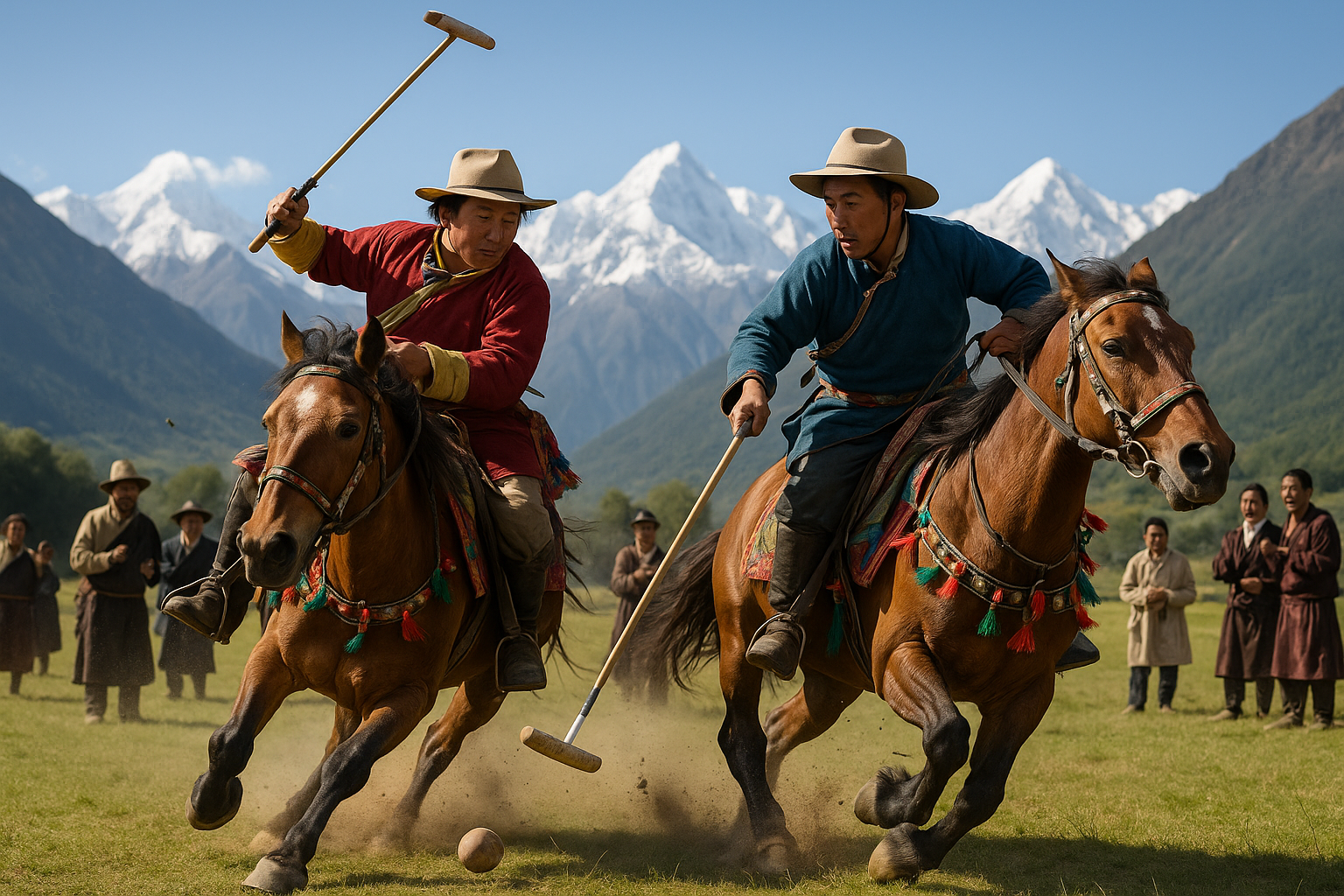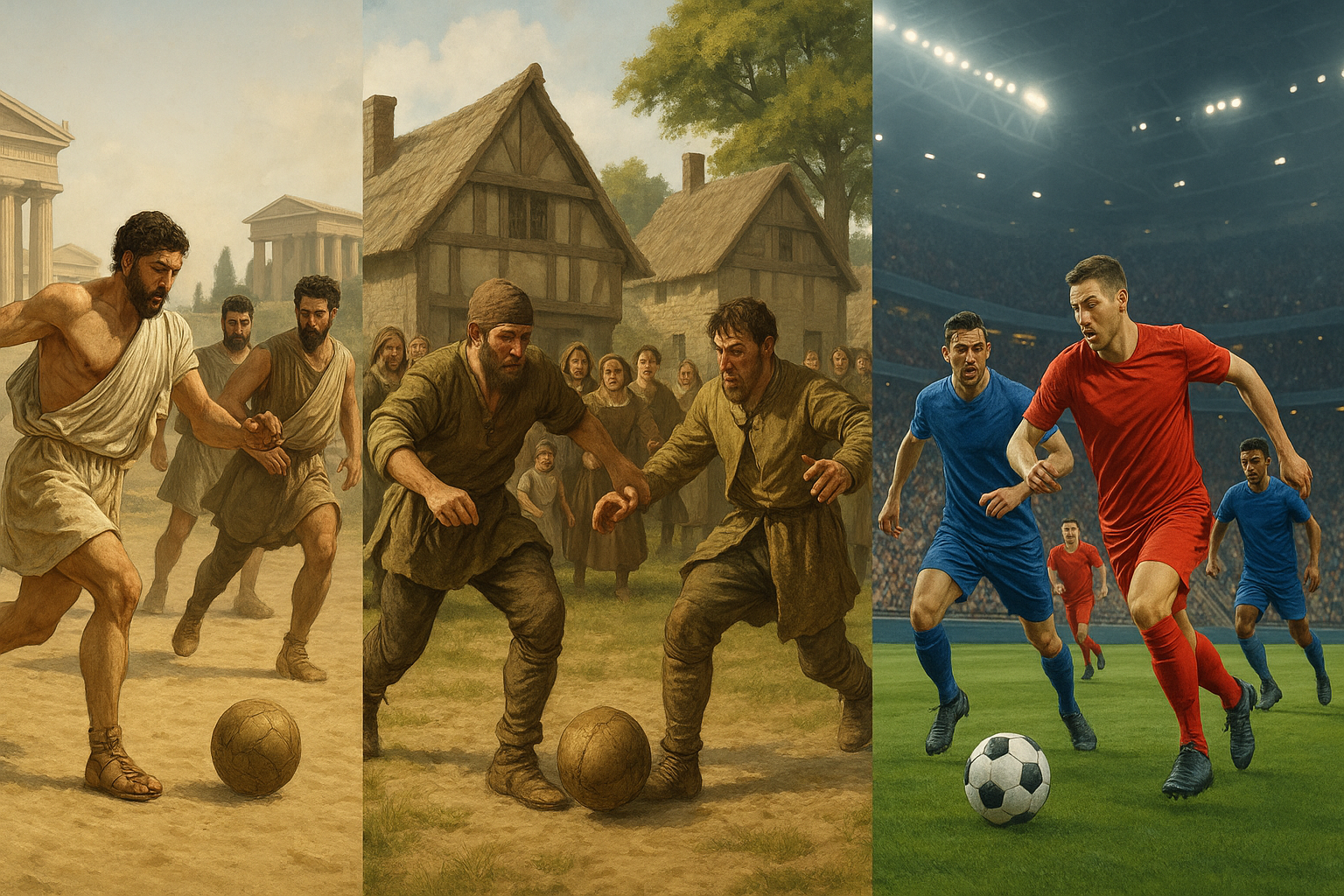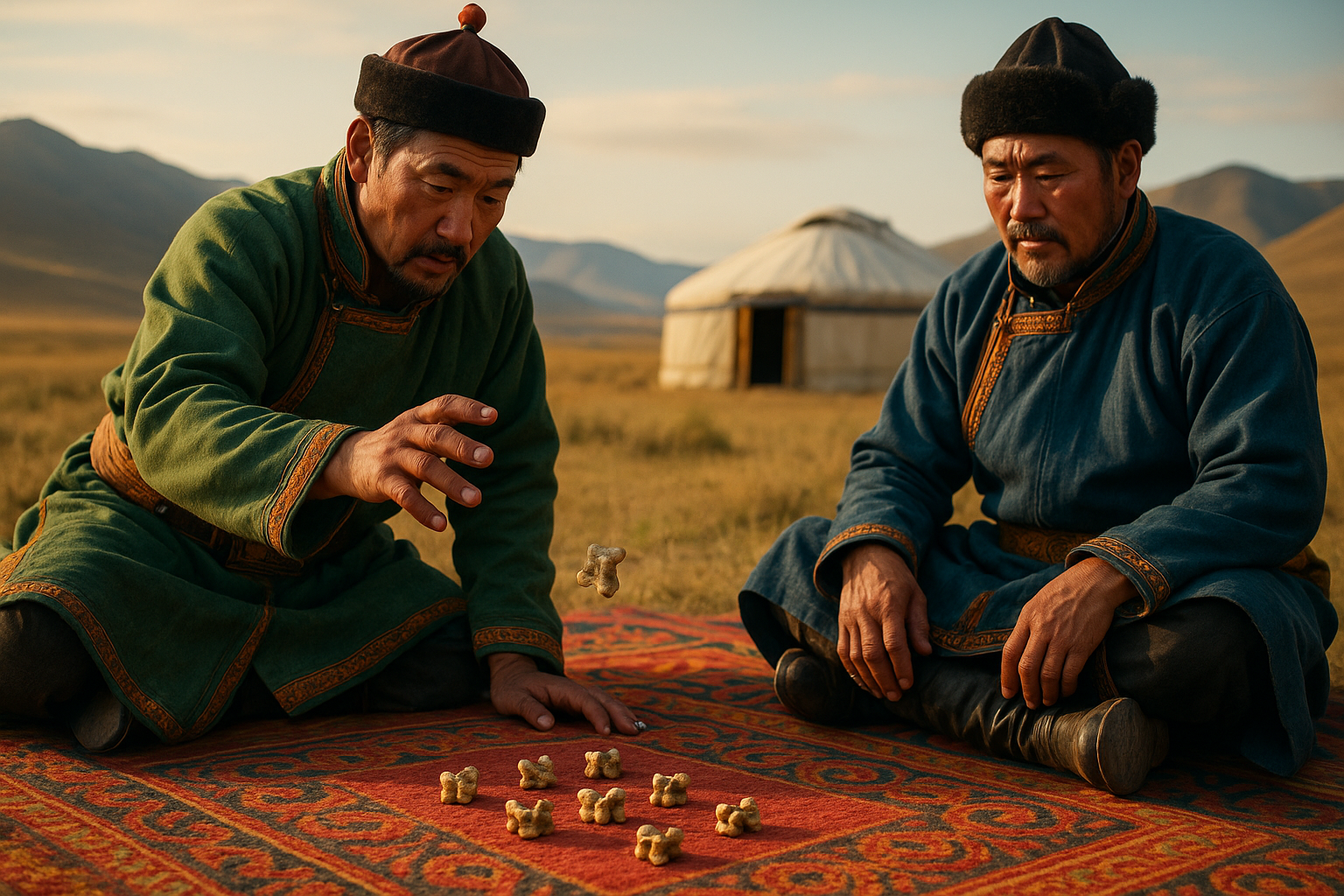Imagine a game that combines the strategic depth of chess with the physical intensity of rugby. A sport that is as much about cunning and teamwork as it is about strength and endurance. Welcome to the ancient world of Harpastum, a thrilling Roman ball game that predates modern football and rugby, yet holds the seeds of their strategic and physical elements. Today, we journey back in time to explore how this ancient sport can inspire and energize the way we approach modern field games. ⚽🏛️
Harpastum, also known as the “small ball game,” was played fervently across the Roman Empire, from the bustling streets of Rome to the farthest reaches of Britannia. Despite its ancient origins, the game’s core principles are timeless: agility, strategy, and teamwork. These elements are not just relics of the past; they resonate powerfully in today’s sports arenas, reminding us of the enduring allure of competition and camaraderie.
In this blog, we will uncover the rich history of Harpastum, delving into its origins and how it captured the hearts of a civilization known for its prowess in both military and entertainment arenas. We’ll explore the rules that governed this dynamic game, offering insights into how these principles can be adapted to enhance modern sports strategies and team dynamics. Whether you’re a coach looking to inject new life into your team’s playbook, or a sports enthusiast curious about ancient games, Harpastum offers a treasure trove of inspiration.
The Origins of Harpastum
Our exploration begins with the origins of Harpastum, tracing its roots to the Roman military, where it served as both a training exercise and a form of entertainment. This section will delve into historical accounts and archaeological findings that paint a vivid picture of how the game was played and perceived in Roman society. By understanding its origins, we can appreciate how its principles have endured and evolved over centuries.
Rules and Gameplay: A Strategic Ballet
Next, we will dive into the rules of Harpastum. Unlike modern games, Harpastum was less about rigid regulations and more about adaptability and strategy. We’ll break down the gameplay mechanics, drawing parallels between these ancient strategies and modern sports tactics. This section will provide actionable insights for players and coaches alike, revealing how ancient strategies can be leveraged to conquer today’s playing fields.
The Modern Connection: Lessons from the Past
One might wonder how a game played thousands of years ago can be relevant today. In this part of our journey, we explore the lasting impact of Harpastum on contemporary sports. From the emphasis on teamwork to the strategic maneuvering that defined the game, we will discuss how these elements manifest in modern sports culture. This segment will be particularly engaging for those interested in the evolution of sports and the timeless nature of competition.
Reviving the Spirit of Harpastum
Finally, we look at how Harpastum can be revived and adapted for modern play. Imagine organizing a community event where the ancient rules of Harpastum are brought back to life, or incorporating its principles into training sessions to build stronger, more cohesive teams. We’ll provide practical tips and creative ideas for incorporating Harpastum into your sports repertoire, ensuring that its legacy continues to inspire and engage future generations.
As we embark on this exploration of Harpastum, prepare to be inspired by a game that transcends time, offering lessons in strategy, unity, and resilience. Whether you’re on the field, on the sidelines, or simply an admirer of the beautiful game, there’s much to learn from the ancient Romans and their beloved sport. Join us as we unlock the power of Harpastum, and discover how conquering the field with Roman rules can transform your approach to sports and beyond. 🚀

Conclusion
As we conclude our journey through the art of Harpastum, it’s clear that this ancient Roman ball game was a true test of strength, speed, and strategy — the athletic heartbeat of the empire’s competitive spirit. Played by soldiers and citizens alike, Harpastum honed agility, endurance, and tactical awareness, serving as both recreation and preparation for battle.
The true mastery of Harpastum lies in its blend of discipline and daring. 🌿💫 Every pass and tackle mirrored the Roman ideals of coordination, resilience, and unity — virtues that extended from the playing field to the legions themselves. Ultimately, conquering Roman fields through Harpastum is more than reviving an ancient sport — it’s embracing the gladiator mindset of balance between body, intellect, and indomitable will.
Toni Santos is a cultural revivalist, play historian, and kinetic storyteller who travels time through the games we left behind. With a deep reverence for lost pastimes, Toni excavates forgotten sports, ancestral competitions, and community games that once defined how people moved, bonded, and thrived. From ancient Mesoamerican ball courts to medieval street games, nomadic strategy contests, and pre-colonial ritual play, Toni revives rulebooks that were never digitized—and champions a worldview where games weren’t just leisure, but meaning, skill, and survival. Combining ethnography, movement studies, game design, and oral tradition, he reconstructs games piece by piece, consulting archives, elders, and fragments of folklore. His mission is not only to replay the past, but to inspire new generations to rediscover joy in rules that challenge, unite, and reflect forgotten values. At the helm of Vizovex, Toni documents these rediscoveries with playable guides, interactive reconstructions, motion-capture reenactments, and interviews with guardians of ancient play. His platform speaks to: Experimental game designers and kinetic anthropologists Educators looking to decolonize sports curriculums Movement artists and cultural preservationists Playful minds seeking what we once valued in the games we played Whether it’s reimagining a Viking endurance sport, mapping traditional Māori games, or crafting tournaments for extinct athletic rites, Toni urges us to move like our ancestors once did—and play with purpose again.




